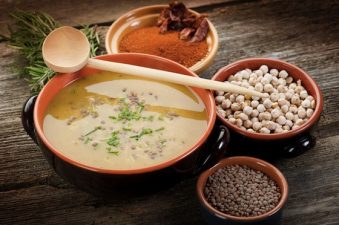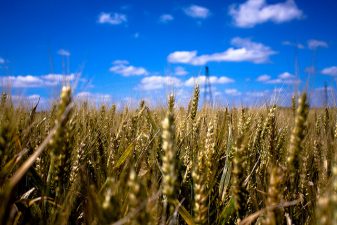Quinoa is a healthy superfood filling up kitchen cupboards of ethical and vegetarian eaters, but quinoa comes at a high price for those in Peru and Bolivia,
If you’re a vegan or vegetarian or someone who is just trying to eat a little more consciously, you know that shopping can be something of a nightmare.
Taking into consideration food miles, sustainability, water footprints, animal-friendly production as well as making sure the food is organic and healthy is a minefield. So when something as tasty and low fat (I remember ‘superfood’ was being bandied about) as quinoa comes along it’s something of a blessing.
Quinoa is super high in protein
The fact it is high in protein is also perfect for those cutting out meat. However, new research has shown that affluent westerner’s love for quinoa is pushing up prices and denying Peruvians and Bolivians the crop which was once was a staple of the poor.
Since 2006, the price of quinoa has tripled and in Lima, Peru, the once unheard of grain now costs more than chicken. Overseas demand for the grain continues to grow which is all putting pressure on land in Peru and Bolivia that once produced a diverse range of crops to simply harvest quinoa.
Writing in the Guardian, investigative journalist Joanna Blythman states: “The quinoa trade is yet another troubling example of a damaging north-south exchange, with well-intentioned health and ethics-led consumers here unwittingly driving poverty there. It’s beginning to look like a cautionary tale of how a focus on exporting premium foods can damage the producer country’s food security. ”
Another example that Blythman highlights is that Peruvian asparagus which is grown in the arid Ica region has depleted water resources on which the locals depend.
She also adds that soya production is now one of the two main causes of deforestation in South America along with cattle ranching. It is worth pointing out however that according to a UN report in 2006, 97% of soya production was used for animal feed and not to fill vegetarian’s fridges. Even so, the food insecurity caused by the rising popularity of Quinoa is troubling and highlights the need for a more localised approach to food production and consumption. Especially when we are importing from countries with high poverty rates.
For more on sustainable food see:
Eat Like A Sustainable Iranian
Globally, Obesity is Now More Deadlier than Hunger
7 Evergreen Books On Sustainable Food For Your New Year
Mushroom Farmers Start To Sprout Up In Iraq
Image of Tabbouleh Quinoa with Tomatoes via Shutterstock.com




